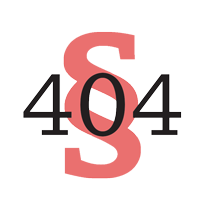Libraries care about “discovery” and usage statistics to justify the high costs of scholarly resources. Libraries also deeply care that these scholarly resources can be discovered and used for generations to come. The Internet has made the art of curation much more complex. CUA Archivists have elegantly written about their new dark arts of digital curation:
- The Archivist’s Nook: Digitization – The Revenge
- The Archivist’s Nook: Archiving the Internet – Do Web Crawlers Dream of Electric Sheep?
- The Archivist’s Nook: Digital Curation – Sent from the Future to Write-Protect You
Last week the topic here was persistent identifiers and all the players in the scholarly ecosystem. This week we reiterate why this is important, as we look at scholarly products.

The current need for persistent identifiers came out of problems with the way URLs were used in the early days of the World Wide Web. Originally, URLs were understood to be strictly network locations for digital resources. The URL specified the particular location, on a particular server, from which the resource could be retrieved. The URL could then be given to others, so that they too could access the resource.
As long as nothing changes about the way the data is accessed, this works fine. In the long term however, this arrangement has proven to be fragile: URLs a year later, let alone five years later, often no longer work. (This phenomenon is known as ‘link rot’.) Studies have found half the URLs in scholarly publications will fail after a period of seven to ten years (See: http://doi.acm.org/10.1145/602421.602422 , http://arxiv.org/abs/cs/0511077v1. )
One answer to “link rot” is the DOI Digital Object Identifier system referenced above.
Watch the short animation : CrossRef explains DOI
APA demonstrates DOI uses in citations (below)

One thought on “Digital Scholarship @ CUA: Link Rot”
Comments are closed.